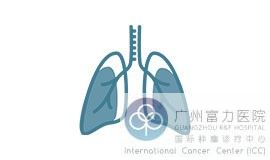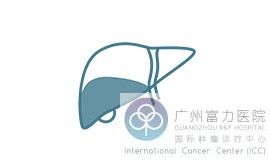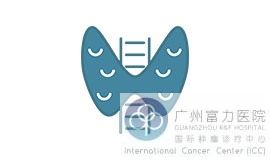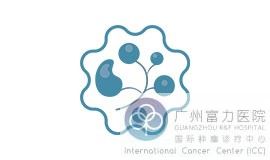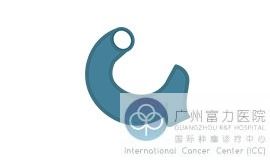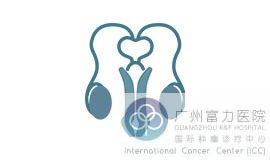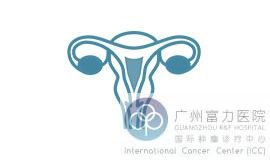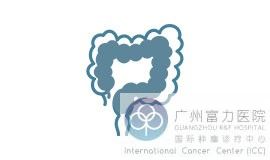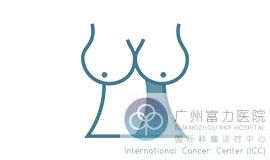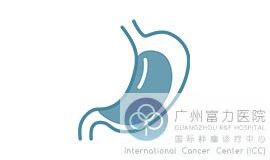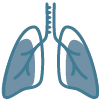Causes of Thyroid Cancer
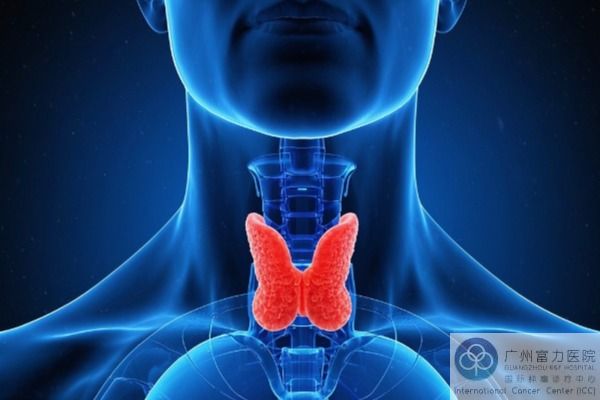
Thyroid cancer is a malignant tumor that originates from thyroid epithelial cells and is a type of endocrine cancer. According to the pathological type, thyroid cancer is mainly divided into papillary adenocarcinoma and follicular adenocarcinoma, among which papillary adenocarcinoma is the most common, accounting for 80%-90% of thyroid cancer. In recent years, the incidence of thyroid cancer has increased significantly, becoming the seventh most common cancer in women and one of the fastest growing types of cancer in the world. In Malaysia, thyroid cancer accounted for 1.6% of all new cancer cases in 2020.
Can thyroid cancer be cured?
The prognosis of thyroid cancer is relatively good, especially for differentiated thyroid cancer (such as papillary carcinoma and follicular carcinoma). Early diagnosis and standardized treatment can enable most patients to achieve long-term survival or even cure. However, the prognosis of anaplastic thyroid cancer and some advanced stage patients is poor and difficult to treat.
For more cancer knowledge, please click on the online doctor for consultation
1. Differentiated thyroid cancer
Differentiated thyroid cancer is the most common type. The cancer cells retain some characteristics of normal thyroid cells, grow relatively slowly, and have a better prognosis.
(1) Papillary Thyroid Carcinoma (PTC)
● Incidence: It accounts for 80%-90% of thyroid cancer and is the most common type.
● Susceptible groups: More common in young women, especially those aged 20-50.
● Pathological features: Cancer cells present a papillary structure, often accompanied by psammoma bodies.
● Biological behavior:
It grows slowly and has a good prognosis, with a 10-year survival rate of over 90%.
It is easy to metastasize to the cervical lymph nodes via the lymph nodes, but distant metastasis (such as lungs and bones) is rare.
Special subtypes:
Follicular subtype: has a follicular structure, but the biological behavior is similar to that of typical papillary carcinoma.
High cell subtype: more aggressive and with a poorer prognosis.
Diffuse sclerosis type: more common in children and adolescents, prone to lung metastasis.
(2) Follicular Thyroid Carcinoma (FTC)
● Incidence: It accounts for 10%-15% of thyroid cancers and is the second most common type.
● Susceptible groups: mostly women over 50 years old.
● Pathological features: Cancer cells form follicular structures, similar to benign follicular adenomas, which need to be differentiated through capsule or vascular invasion.
● Biological behavior:
It mainly metastasizes to distant organs such as the lungs and bones via the bloodstream and less frequently via the lymph nodes.
The prognosis is good, but slightly worse than that of papillary carcinoma, with a 10-year survival rate of approximately 70%-85%.
Special subtypes:
Hurthle cell carcinoma: highly aggressive and has a poor prognosis.
2. Anaplastic thyroid cancer
Anaplastic thyroid cancer is a highly malignant type in which the cancer cells completely lose the characteristics of normal thyroid cells, grow rapidly, and have an extremely poor prognosis.
Anaplastic Thyroid Carcinoma (ATC)
● Incidence: 1%-2% of thyroid cancer, relatively rare.
● Susceptible population: mostly elderly people over 60 years old.
● Pathological characteristics: Cancer cells are highly heterogeneous and lack differentiation characteristics.
● Biological behavior:
It grows extremely rapidly, often causing a rapidly enlarging mass in the neck that compresses the trachea and esophagus.
Distant metastasis can occur early, and common metastatic sites include the lungs, bones, and brain.
The prognosis is extremely poor, with a median survival of only about 6 months.
3. Medullary Thyroid Carcinoma (MTC)
Medullary thyroid carcinoma originates from the C cells (parafollicular cells) of the thyroid gland and has unique biological behavior and genetic background.
● Incidence: 5%-10% of thyroid cancer.
● Susceptible population: It can occur at any age, but is more common in people aged 40-60 years old.
● Pathological characteristics: Cancer cells secrete calcitonin, which can be used as a marker for diagnosis and tracking.
● Biological behavior:
It can be sporadic or hereditary. Hereditary MTC is associated with RET gene mutations and is often part of multiple endocrine neoplasia (MEN2A or MEN2B).
It is prone to lymphatic and hematogenous metastasis, and the prognosis is between the differentiated and undifferentiated types, with a 10-year survival rate of approximately 50%-80%.
Special subtypes:
Familial medullary carcinoma: associated with inherited gene mutations, often involving both thyroid glands.
4. Other rare types
In addition to the above main types, thyroid cancer also includes some rare pathological types, which are usually more aggressive and have a worse prognosis.
(1) Thyroid Lymphoma
● Incidence: Rare, accounting for 1%-2% of thyroid cancer.
● Susceptible groups: More common in elderly women, often related to Hashimoto's thyroiditis.
● Pathological characteristics: Originated from lymphocytes in the thyroid gland, most of them are non-Hodgkin's lymphoma.
● Biological behavior:
It grows rapidly and often presents as a mass and pressure in the neck.
It is sensitive to radiotherapy and chemotherapy and has a good prognosis.
(2) Thyroid Sarcoma
● Incidence: Extremely rare, accounting for less than 1% of thyroid cancers.
● Pathological characteristics: Originated from thyroid interstitial cells, such as blood vessels, muscles or fibrous tissue.
● Biological behavior:
It is highly invasive and prone to distant metastasis.
The prognosis is extremely poor.
(3) Squamous Cell Carcinoma of the Thyroid
● Incidence: Extremely rare.
● Pathological features: Cancer cells show squamous differentiation, which may be related to long-term thyroiditis or transformation into undifferentiated carcinoma.
● Biological behavior:
It is highly invasive and has a poor prognosis.
Summarize
The classification of thyroid cancer includes differentiated types (papillary carcinoma, follicular carcinoma), undifferentiated types (anaplastic carcinoma), medullary carcinoma and other rare types (such as lymphoma, sarcoma, etc.). Different types of thyroid cancer vary significantly in incidence, biological behavior, and prognosis. Early diagnosis and standardized treatment are the key to improving prognosis.
If you have any concerns or symptoms, it is recommended to seek medical attention as soon as possible and undergo professional examination.
Use precise technology to create more possibilities for life.
The Cancer Center of Guangzhou R&F Hospital has opened an era of "chemotherapy-free survival" for cancer patients, winning a lasting victory for life. If you or your family are facing difficulties in cancer treatment, please contact the Guangzhou R&F Hospital Cancer Center. We offer multilingual medical history consultations, contact us today to get an assessment of your treatment eligibility.
Contact Us:
email: rfcancercenter@gmail.com |
WhatsApp: +86 18565157271










